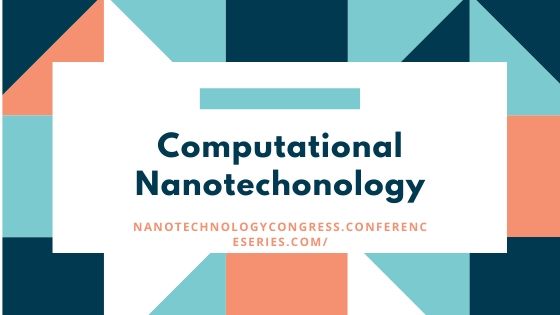ComputationalNanotechnology is a branch of nanotechnology disturbed about the
improvement and utilization of PC based models for comprehension, investigating
and foreseeing the conduct or properties of frameworks applicable to
nanotechnology. This new assembling innovation will introduce new potential
outcomes in the calculation: atomic hardware, quantum cell automata, DNA
processing, single-electron switches, adiabatic figuring, quantum registering,
and that's only the tip of the iceberg. Today, the switches
and transistors of present-day PC chips are made by showering iotas
around - we don't have exact control of what is produced, we can just determine
roughly what is made. As we scale transistors to littler and littler sizes this the arbitrary component in their fabricate turns into a greater and more concerning
issue.
The
human species is essentially characterized by our instrument utilizing
capacities. We can hold position and gather parts with our hands, and this
capacity has been basic to our capacity to make the striking scope of items
accessible today. However utilizing atomic hands to
collect sub-atomic parts is still new, especially in its earliest
stages, and particularly under-investigated. It is conceivable to investigate
this better approach for manufacturing sub-atomic structures by utilizing both
tests, hypothetical and computational strategies. While it can be talked about
precisely to what extent it will take to build up a comprehensively based
sub-atomic assembling ability, unmistakably the privilege computational help
will generously decrease the improvement time. With suitable sub-atomic CAD
programming, sub-atomic demonstrating programming and related instruments, one
can design the improvement of sub-atomic assembling frameworks on a PC.
Nano
scale frameworks, however microscopic, are comprised of thousands, even
several thousands, of molecules. In this manner, portraying their electronic
structures and flow requires critical hypothetical aptitude and much PC
control. As of now, scientists every now and again utilize blends of
hypothetical systems, wedding approximations with exact demonstrating methods,
even as PC control develops. Another model Nanosystems this one including 75,000 iotas, originates from
Caltech graduate understudy Santiago Solares, who, with Blanco and Goddard,
composed a small liquid control valve that won a plan prize in the Institute
for Molecular Manufacturing's 2002 prizes in computational nanotechnology.
Solares coupled sub-atomic mechanics with traditional concoction designing
standards, in light of the fact that treating each molecule quantum
mechanically would utilize restrictively costly measures of PC time and power.



Comments
Post a Comment